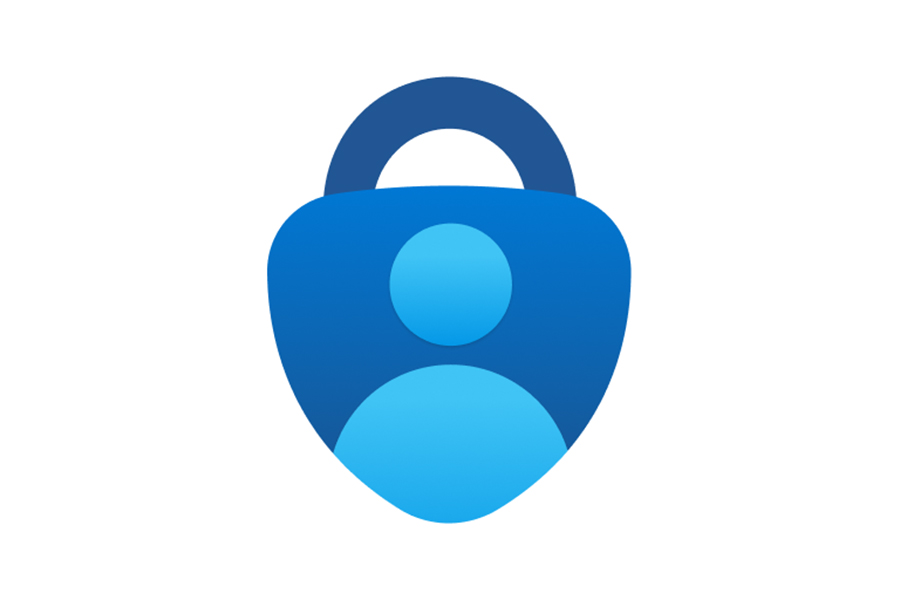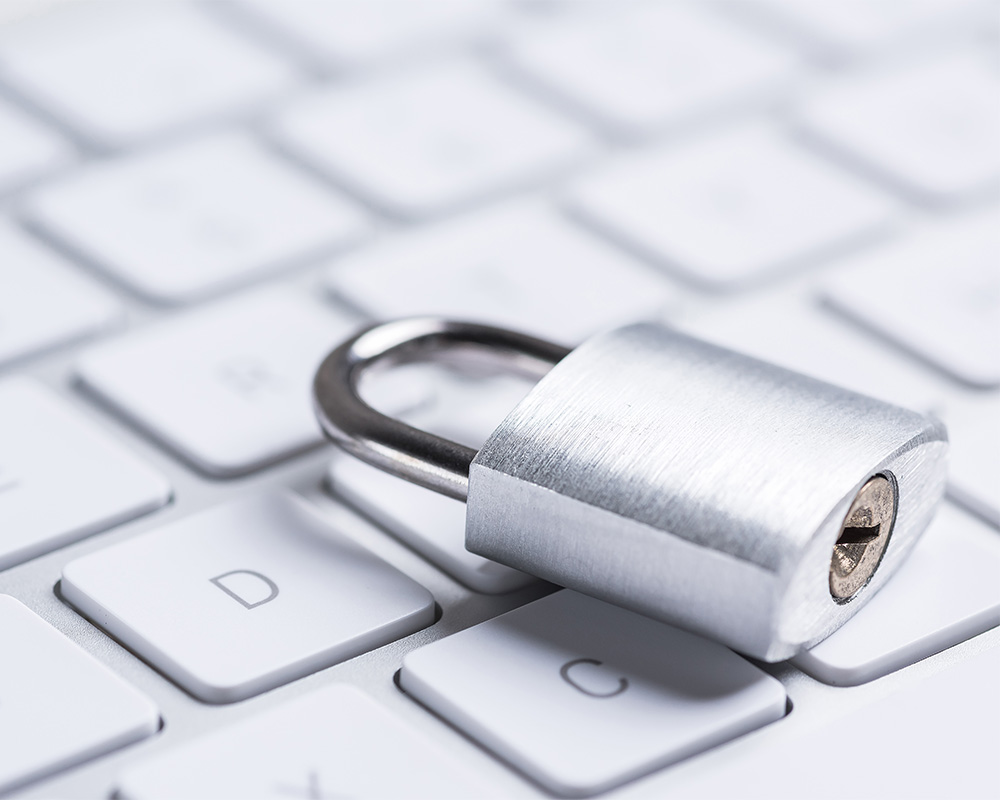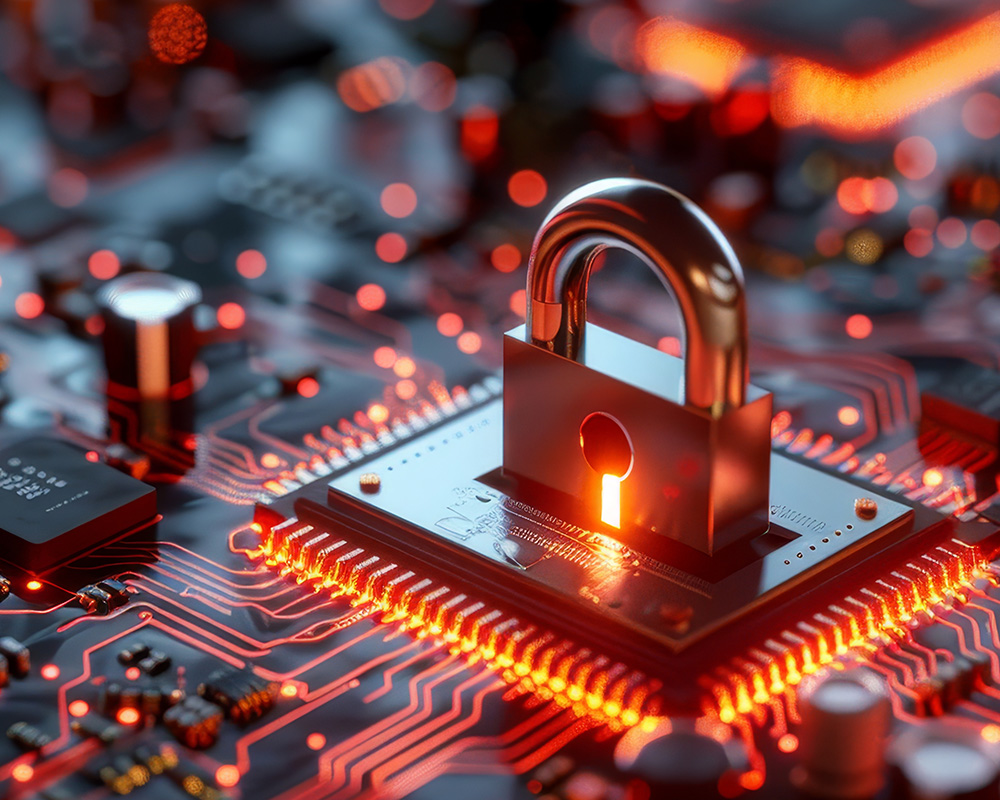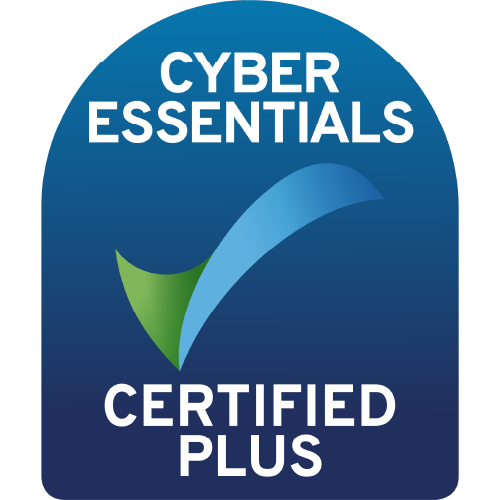A guide to Multi-Factor Authentication (MFA)
Why Multi-Factor Authentication is essential for business security
In today’s digital age, businesses are constantly at risk of cyber-attacks and data breaches. Traditional passwords are no longer secure enough to fully protect your accounts, and hackers have developed countless tried and tested methods to steal credentials and gain unauthorised access to private accounts. This is where Multi-Factor Authentication (MFA) comes in.
MFA is an electronic authentication method that requires the user to provide two or more forms of identity verification before they’re given access to a website, network, or application. The development of adaptive MFA solutions means that the login process is unobtrusive for the user whilst a sufficient level of security is put in place.
In this article, we will take a deep dive into the different types of MFA that are available, explain how it works, and provide easy steps on setting up MFA on your business accounts. Additionally, we will also highlight the top 5 reasons why MFA is essential for business security and list some popular services that offer MFA for businesses.
A deep dive into the different types of Multi-Factor Authentication
MFA is based on three key factors: what you know, what you have and who you are.
The first factor is what you know. This includes passwords, PINs, and even secret knocks. The second factor is a physical object, such as a key, a mobile phone or a smart card. The third factor is who you are. This relates to biometric verification, such as a fingerprint, retina scan, or voice recognition. Two-factor authentication (2FA) uses two of these possible checks to verify and authorise a user’s access attempt, whereas MFA uses two or more of these checks. This makes MFA a stronger solution than 2FA, though just as easy to implement.
Adaptive MFA allows admins to adapt the level of security needed based on the context of the login attempt. The solution analyses the user’s geographic location and login behaviour (the time and place of the login attempt, and the device it was attempted on) so that users are only prompted to use MFA if the login seems suspicious.
For example, if a user was to log into their corporate email account during business hours from their organisation’s head office, they wouldn’t be prompted to log in with MFA. But if they were to log in on a weekend and from another country, the solution would ask for further proof of their identity.
MFA makes sure that your organisation remains secure, even if your credentials have been compromised due to a data breach. This is because MFA adds multiple steps to the login process, making it much more difficult for criminals to access your accounts.
Easy steps to setting up Multi-Factor Authentication on your business accounts
Implementing Multi-Factor Authentication (MFA) on your business accounts is easy and straightforward. There are two main ways to set up MFA: using specialised smartphone apps and password managers.
Specialised smartphone apps, also known as “authenticator apps” provide a set of codes that constantly rotate. During login, you may be prompted to provide the code outlined by your authenticator app. If inputted correctly, you will be granted access to your account. Popular examples of authenticator apps include Microsoft Authenticator, Google Authenticator, Twilio Authy, Duo Mobile and LastPass Authenticator. All these apps do the same thing and are easy to use; some of them even offer additional features such as password management.
Another way to set up MFA is through a password manager. Many popular password managers, such as LastPass, offer MFA authentication by default. The codes provided by authenticator apps sync across your accounts, so you can scan a QR code on a phone and get your six-digit access code on your browser, if supported.
It is important to note that setting up MFA can break access to your accounts within some older services. In such cases, you must rely on traditional passwords, leaving you much more vulnerable to attackers. If your hardware or software isn’t compatible with MFA, then you should consider upgrading or finding an alternative solution that offers full MFA compatibility.
Here are some general steps for setting up MFA on your business accounts:
- 1Log in to your account on the service you wish to set up MFA on.
- 2Navigate to the security settings or account settings.
- 3Look for an option to enable multi-factor authentication, 2FA or two-step verification.
- 4Follow the prompts provided by the service to set up MFA. This may include linking your account to an authenticator app or providing a phone number for a code to be sent to.
- 5Once you have successfully set up MFA, you will be prompted to verify your identity every time you log in to the account from a new device.
This can vary on the device, service or application that you’re using.
Implementing Multi-Factor Authentication on your business accounts is a simple and effective solution to protecting your company against identity thefts, data breaches, and cyber-attacks.
The top 5 reasons your business needs Multi-Factor Authentication
Multi-Factor Authentication (MFA) is a powerful tool for securing your business’s online accounts. It adds an extra layer of protection beyond a simple password, making it much more difficult for cybercriminals to gain unauthorised access to your accounts. Here are the top 5 benefits of using MFA for your business:
Multi-Factor Authentication provides the added security needed to protect your business’ digital assets. It is a powerful tool that offers a range of benefits that go beyond basic security, including compliance, improved productivity, and reduced IT costs.
Popular services that offer Multi-Factor Authentication and how to set them up
As Multi-Factor Authentication (MFA) becomes increasingly necessary for protecting against cyber-attacks, more and more services are now offering this feature.
This is not an exhaustive list of services with MFA ability, but it covers some of the major services that are widely used. Make sure to activate MFA on all these services to ensure the highest level of security for your business’s digital assets.
Final Thoughts on Multi-Factor Authentication and its Importance for Business Security
As technology continues to develop, so do the methods that cybercriminals use to gain unauthorised access to our accounts. Traditional passwords are no longer enough to protect our digital assets. Multi-Factor Authentication (MFA) is a powerful tool that adds an extra layer of protection. It requires the user to provide two or more forms of identity verification before they’re allowed access to a website, network, or application.
Multi-Factor Authentication offers a range of benefits beyond security. It is essential for businesses to implement MFA to protect their digital assets and ensure compliance with regulatory requirements.
Want to set up Multi-Factor Authentication?
If you’d like help setting up MFA for your business’ digital assets, or if you’d just like some more information on MFA, be sure to contact our team. Our experts are always ready to answer your questions and make recommendations based on your existing solutions and services.








